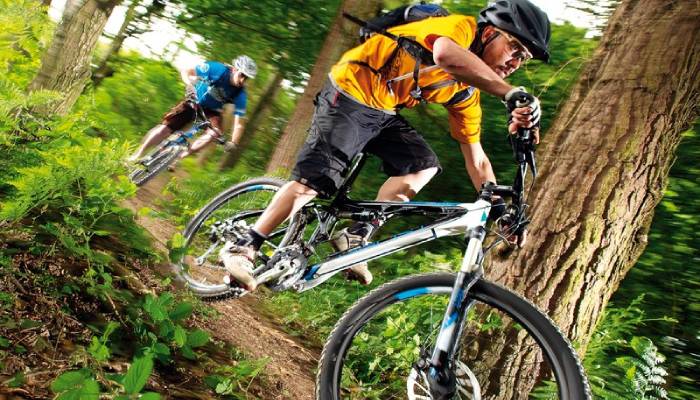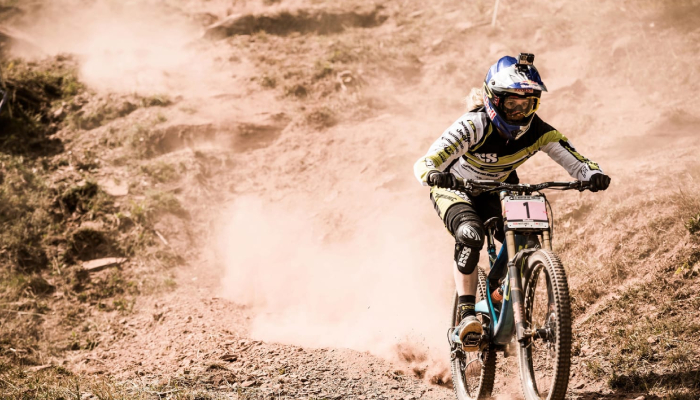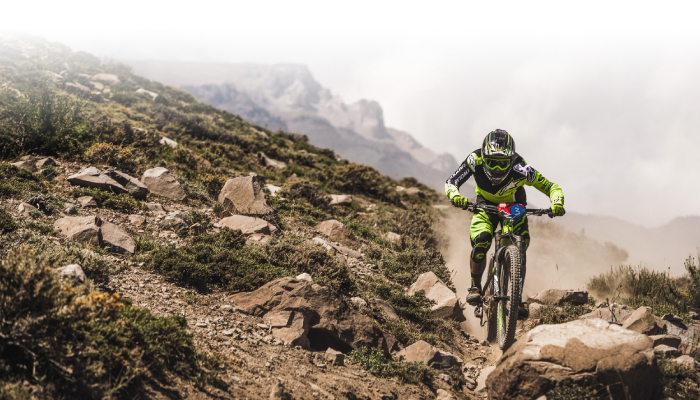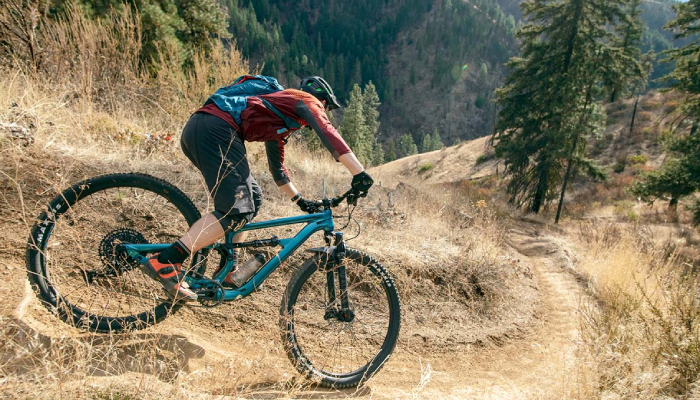How Do You Select The Right Mountain Bike For Your Mountain Biking Activities?

Pushing Yourself To The Limits With Mountain Biking!
November 23, 2018
Tips To Make You An Expert In Downhill Mountain Biking
October 10, 2020Mountain Bikes: An Incredible Mean Machine
Mountain biking is a sport that is meant for those who seek the spine-chilling thrills and hair-raising adventures. Those who love the sport know what a big difference a good mountain bike can do for the rider and his skills. It is important to understand the basics of mountain biking to select the right bike. Choosing the right bike rides a lot on one’s riding style and ability. Unlike the ordinary bike that you use for your daily purposes, there are several factors to consider before deciding which one will be the perfect fit for you.
Choosing The Right Mountain Bike
4 Basic types of mountain bikes
For the uninitiated person who has nothing to do with mountain biking, it would come as a surprise that there are at least 4 kinds of bikes that are made specifically for this sport. Here’s another interesting aspect about these bikes: They are designed separately for uphill and downhill biking. Here’s what each type of mountain bike has to offer:
Trail bikes
The trail bike is what every commoner can relate to. It is an apt choice for beginners who are still learning the ropes of ascending and descending biking trails. Trail bikes are designed with larger brake rotors and wheels that act as gravity oriented components. Trail bike wheels are as large as 27.5” or 29”. Armed with front and back suspension and neutral head angles, trail bikes are built for long-term durability and fine balance.
XC or Cross Country mountain bikes
The XC bikes are built specifically for riders who prefer challenging uphill trails to hone their pedalling performance. The geometrics of the XC are similar to a normal bike, which is why they are not apt for downhill biking. Despite having the largest wheels, cross-country bikes are extremely lightweight. Their front suspension, steep head angles and longer chain stays give riders maximum advantage during tough ascents.
Downhill or freeride mountain bikes
As their name suggests, downhill bikes are not designed to go anywhere but down. So they are most apt for bikers who prefer lugging the bike on a chairlift or a car all the way up and then feeling the rush of adrenaline as they come hurtling downhill. Freeride mountain bikes are big-built with a low head angle and broad tyres that are designed with 2-ply casing for traction and durability.
Enduro mountain bikes
Otherwise known as the all-mountain bike, they are specifically built for the race format “Enduro” where only the downhill sections are important. Enduro bikes are perfect for riders who know the knack of pedalling uphill as well as downhill. A look-alike of the trail bike, enduro mountain bikes show a slight difference in geometry that favours downhill descent rather than the uphill ascent.
Mountain Bike Sizes
As a cardinal rule, bikers must choose the right size and a properly fitting bike to have a good biking experience. Mountain bike sizes vary with brands but basic criteria such as the biker’s riding style, body dimensions, and skill levels must be taken into consideration. A biker’s size chart makes for a reliable reference. Mountain bike manufacturers classify bikes into Small, Medium and Large. The bike frame size, wheel size and suspension differ widely with the bikes but other components remain the same.
Mountain Bike Geometry
In biking terminology, geometry literally means the shape of the bike, which is made up of several important measurements. Bike geometry dictates the look, fit, feel and ability of the bike to cruise through challenging terrain. The important geometry measurements can be listed as:
- Reach
- Stack
- Chain stay length
- Head or tube angle
- Wheelbase
- Bottom bracket height
The Reach is the most important factor in mountain bike geometry. It is the distance from the seat or the centre of the bike to the handles. This distance must be comfortable for the rider to sit and ride or to stand and pedal without having to lean forward or exert too much strain. To know if the geometry works for you, it is best to have a demo ride and feel the comfort for yourself.
Biking Components and Price
For diehard bikers who prefer building their own bikes from scratch, they can find packaged build kits that come with hundreds of components and the main frame. Seasoned bikers tend to have a wider knowledge about each component and its use, as well as the preference of using one brand’s components over another’s. As the pricing goes up, the components are lighter and sturdier in quality. Lightweight drivetrains and suspensions contribute to the performance of the bike.
Take A Demo Ride, Find What Works For You!
Amateur bikers are more likely to be enamoured or confused by the number of models and brands in the market. The best way to judge which bike is the one for you is to take several demo rides and make the decision based on comfort, ease and efficiency. Every bike has a unique characteristic that suits different riders. Narrow down your choices, and demo them on parks with different trail settings. Here’s wishing you good luck to buy the bike that’s meant for you!!




